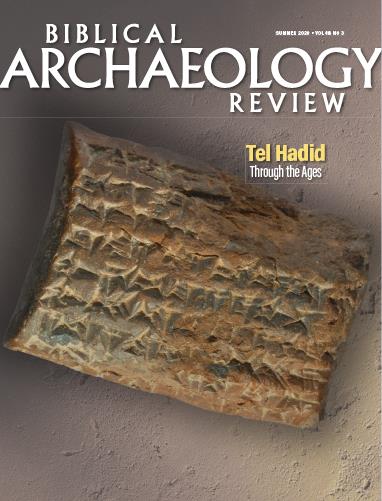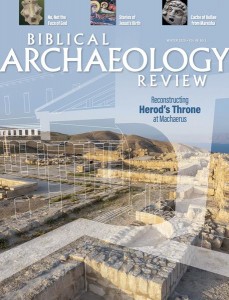
We’ve noticed a marked increase in the perspicacity of the letters we’ve been receiving. We attribute this to the greater time we’ve all spent in isolation as a result of the current pandemic. If there is some silver lining to this tragedy, it’s that we’re all working together not only to stay safe but also to keep each other mentally stimulated. Thank you for being such passionate, loyal readers.
Race in Antiquity?
Recent events in the United States and around the world have refocused my attention to issues of race, and how we deal (or do not deal) with them in the disciplines of archaeology and Hebrew Bible studies.
In some ways my thoughts have no place in the reimagining of antiquity and early people groups, since race is a relatively modern human concept that has no basis in biology. Once we divorce concepts of race from any basis in natural science and instead see races as social constructs with roots back to 17th–18th-century C.E. Europe that had profound influence on early American thinking and actions, then it is also impossible to read, see, or reconstruct race in the ancient world. I am not suggesting that there were no differences in outward appearances between ancient people groups—just that the way these differences are considered cannot and should not be essentialized through a modern, biological view of race.
Already a library member? Log in here.
Institution user? Log in with your IP address.

